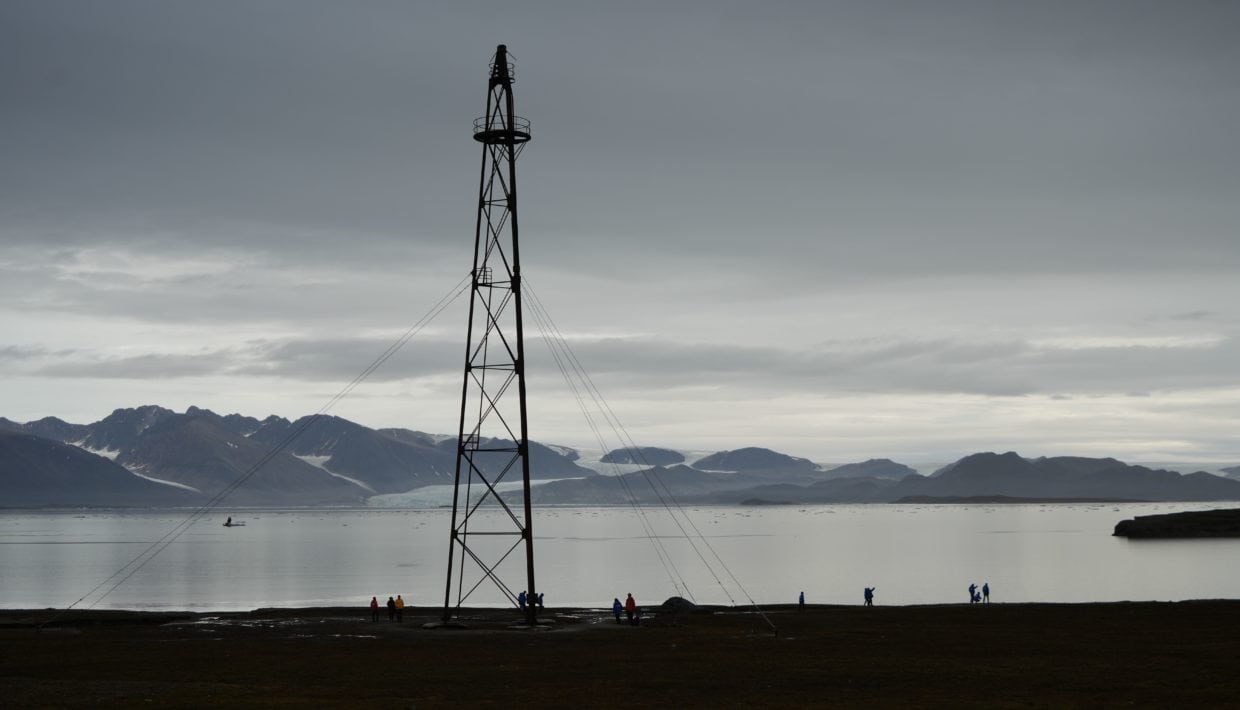
Vulnerable cultural heritage is under threat on Svalbard
A major research project seeks to find out how cultural heritage in arctic and alpine environments degrade and how they can be preserved.
This text is written by Anne Cathrine Flyen (NIKU) and was first published at nyaalesundresearch.no.
——————————————————————————————-
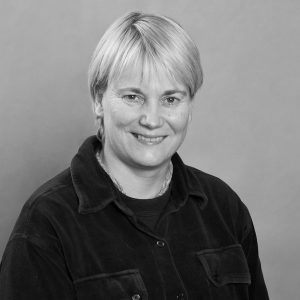
To increase the knowledge about human and natural influence on cultural heritage researchers from the Norwegian Institute for Cultural Heritage (NIKU) and the Norwegian Institute of Bioeconomy Research (NIBIO) has performed fieldwork in Ny-Ålesund and on the Blomstrand peninsula.
Cultural heritage and climate change
The effects of climate change and increasing tourism on Svalbard are degrading the vulnerable cultural heritage on the archipelago at an increasing pace.
There are large knowledge gaps related to the actual effects and how human and natural degradation influence and reinforce each other.
The Norwegian Cultural Heritage administration wants to exercise knowledge-based management and has a great need for up-to-date knowledge. Also, The United Nations Sustainable Development Goals (UN SDGs) highlight the importance of strengthening the efforts to safeguard the world’s cultural and natural heritage.
Research project Arctic Alpine Decay
The research project Arctic Alpine Decay focuses precisely on these issues exploring degradation and preservation of historic remains in arctic and alpine environments.
This summer, the researchers performed fieldwork in Svalbard. Parts of this fieldwork took place in Ny-Ålesund and London on the Blomstrand peninsula.
Most of the cultural monuments on Svalbard are wooden, and the fieldwork included condition, risk and vulnerability assessments of buildings and cultural environments, detailed investigations of wood in buildings and structures as well as interviews and observation of tourists.
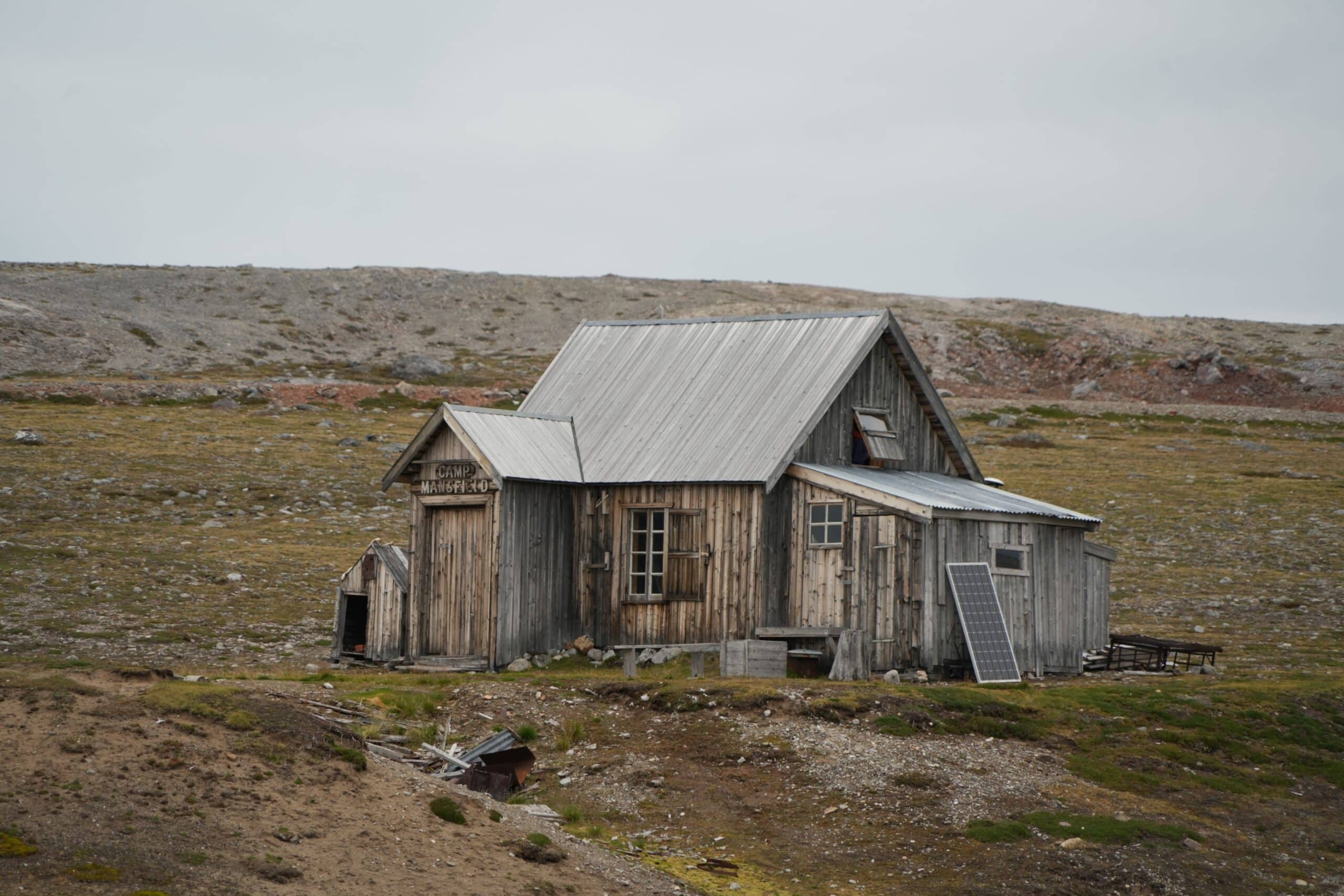
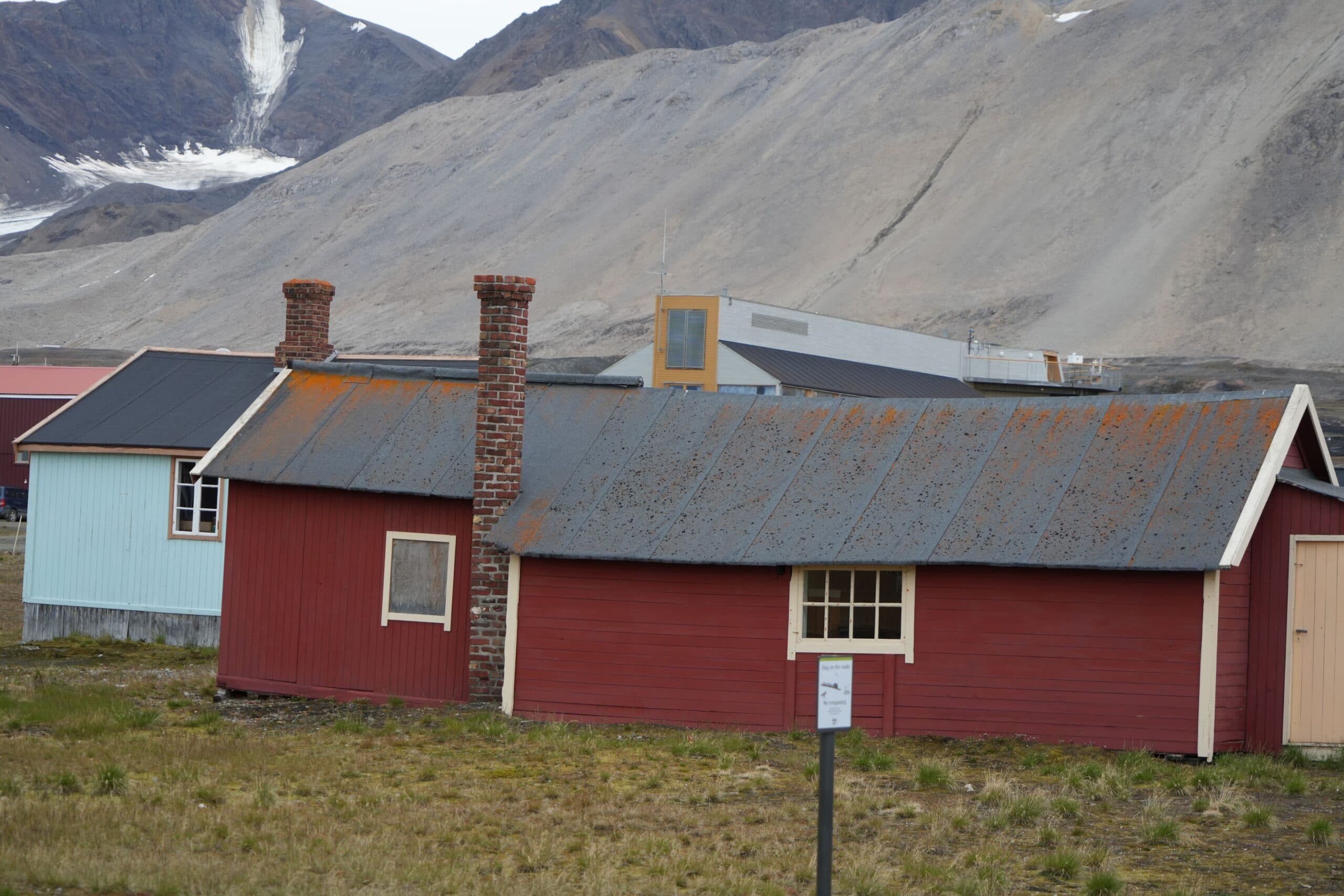
Human activity and behavior, climatic exposure and type and rate of biodeterioration is to be clarified to establish a baseline scenario and serve as a knowledge platform for future strategic decisions and priorities.
In this context, awareness of the importance of our wooden cultural heritage and approaches for sustainable use is to be combined to protect, conserve and manage wooden cultural heritage at risk in Arctic and Alpine regions in Norway.
The researchers gathered data trough interviews, building examination and observations
Kings Bay and the Directorate for Cultural Heritage had previously given us permission to examine buildings in Ny-Ålesund and London. The data obtained from the cultural heritage will be compiled with data from the rest of the fieldwork in Longyearbyen, in Hiorthamn and at Isfjord Radio.
Many tourists were very positive to talk to us, and the interviews and observations gave us large amounts of data. Observing how the visitors relate to the cultural environments enables us to understand more about how cultural environments are understood, whether and how tourists take into account vulnerable cultural monuments and also to deduce what makes the individual parts vulnerable.
In our conversations, we focused on the importance of cultural monuments and environments, and how they are experienced by the visitors. This touches something deep inside us and is not so easy to explain. Many tourists participated however actively in the interviews and facilitated good discussions.
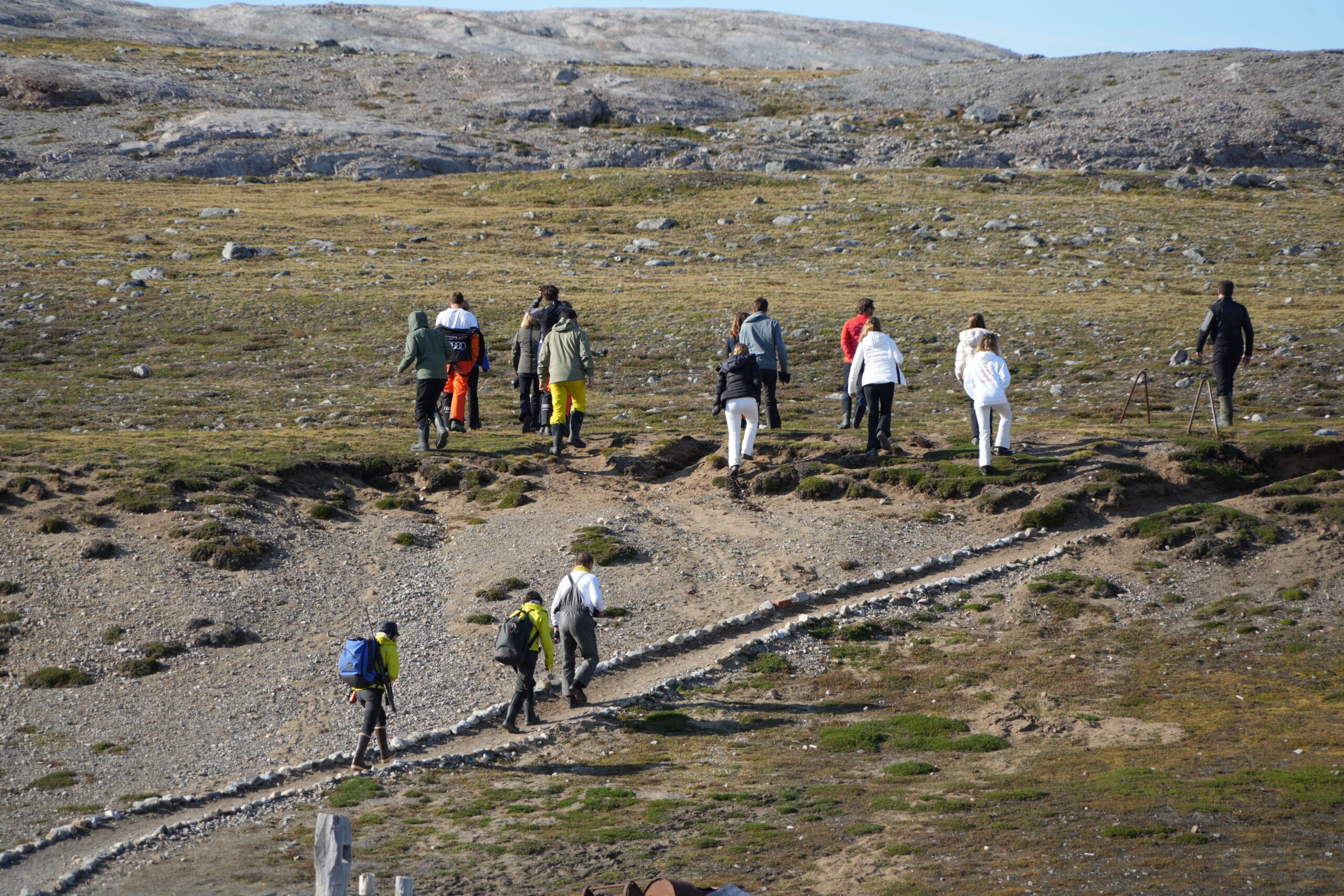
From Svalbard to Hardangervidda
The stay in Ny-Ålesund was crucial in giving the project a more nuanced picture of tourism in Svalbard and the relationship with cultural monuments. Without Kings Bay and the Norwegian Polar Institute’s facilitation and opening for research on Arctic issues from a cultural heritage perspective, carrying out this fieldwork would not have been possible. Thank you!
In the summer of 2023, we will carry out similar field work on the Hardangervidda near Finse.

